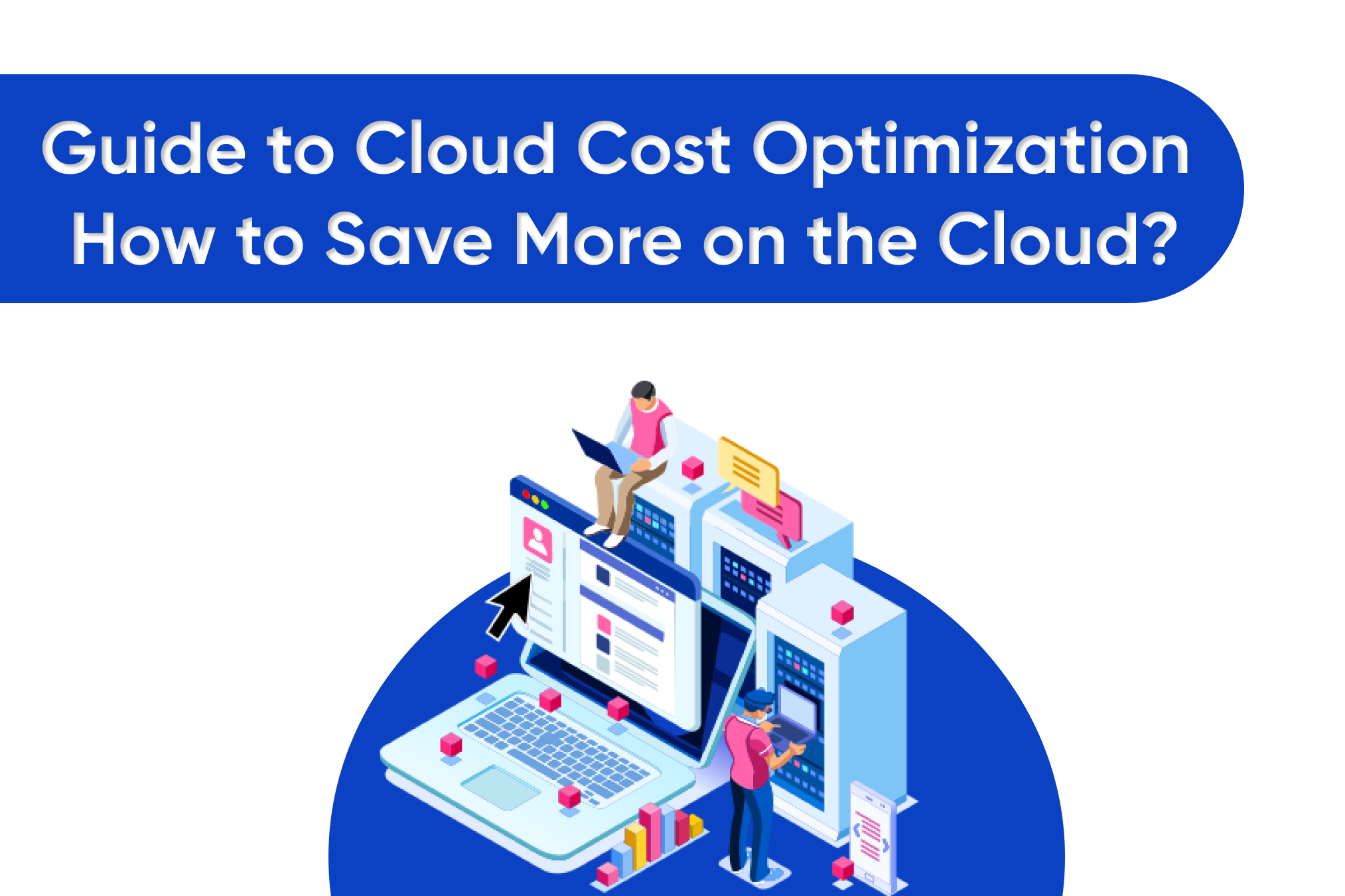

Amidst the era of digital transformation and innovations, businesses are more inclined to cloud computing to streamline operations, enhance scalability, and boost efficiency. Cloud usage is an imperative process that should be done under proper management, and if not done, can become a high expense.
That's where cloud optimization services came into existence serving strategies and techniques helping businesses save costs while leveraging the power of cloud. The prominence of cloud optimization cannot be neglected. With cloud computing, businesses are increasingly favoring implementing cloud optimization strategies to achieve significant savings ensuring that their cloud infrastructure meets the demands of their workloads.
This article is written with consideration to the importance of cloud optimization to maximize savings.
Following up with challenges related to excessive cloud optimization expenses, businesses set an objective to minimize costs in their cloud environment. By smoothly turning resource allocation, leveraging automation, and implementing cost-effective strategies organizations can lead toward crucial savings by optimizing performance. The major aspect of cloud optimization is properly organizing resources, assuring that instances match the demands of the organization. Implementing auto-scaling helps in enhancing efficiency by dynamically adjusting resources that are based on real-time demand, safeguarding irrelevant expenses. The unnecessary expenses in cloud computing can hinder the finance management of the business, optimizing reserved instances and saving plans served by cloud providers can deliver productive results in proper cost reduction. These programs offer discounted rates in exchange for a commitment to specific types, terms, and different payment options.
Every activity related to business upliftment requires proper assessment and planning to follow up with strategies to be fulfilled properly. It is crucial to evaluate resources, workload patterns, and performance criteria. Identifying configuration and areas of overspending is important for future corrections. With an organized assessment process, any business can develop a comprehensive plan tailored to specific needs and preferences.
One of the most influential aspects of cost optimization is to figure out cloud resources. This can be done by matching resource allocation as per actual demands. Utilizing tools offered by cloud providers or any other third-party assistance taken into consideration automating the right-sizing process ensures efficient resource allocation.
Auto Scaling is vital as it automatically adjusts resources based on real-time demand. By properly initiating the process of autoscaling the team can maintain optimal performance without over-provisioning. Configure auto-scaling based on usage patterns, traffic spikes, and thresholds. This offers the assurance that the one undergoing cost optimization should only pay for the resources they need.
It is crucial to execute decisive monitoring and cost visibility tools to track down cloud spending in real-time. Setting up alerts for cost anomalies, and unpredictable spikes is crucial in identifying and addressing an issue. Proper reviewing of cost reports, trends, and cost allocation is necessary to look after the insights and identify patterns for optimization.
Cost networking requires focusing on data transferring impacting cloud expenses. Optimizing network usage by enforcing a content delivery network ( CDN) is a vital step to fulfill strategies, and traffic routing techniques to reduce latency and minimize data transfer costs. It is crucial to uphold the duty of AWS direct connect for cost-effective secure data transfer between two parties and the cloud.
There are ample benefits earned by Reserved instances (RIs) and savings plans. Savings plans serve with flexibility allowing organizations the stand to commit to a consistent amount of usage in exchange for lower rates. Analyzing usage patterns in specifying savings options can help carry out strategies related to safeguarding irrelevant expenses.
Embracing serverless computing is important in optimizing cloud infrastructure. The team lead has to focus on efficient resource utilization and scalability, but that is somewhat different in server-less computing eliminating the need to provision and manage servers, eliminating operational overhead and costs.
Cloud optimization is an efficient process that requires continuous monitoring, analysis, and improvement. Constant revisiting the strategies, by adjusting to resources and evolving technological refinement plays an important role in encouraging collaboration between development and operational teams to achieve upliftment.
Cloud optimization is an imperative approach to helping businesses frame strategic planning, management, and commitment to regular improvement. Executing Optimization techniques related to organization requirements, and preferences can lead to smooth cloud-optimizing costs. Cloud optimization services offer invaluable support offering efficient planning in a cloud environment.
Productive optimization requires a combination of intelligent planning, management, and commitment to constant improvement. An appropriate approach is much needed to achieve significant cost savings.
By enacting cloud optimization strategies, businesses can save unnecessary expenses along with unlocking the full potential of cloud computing services.